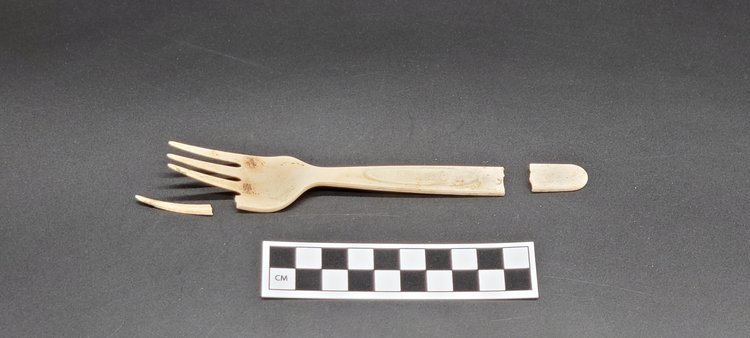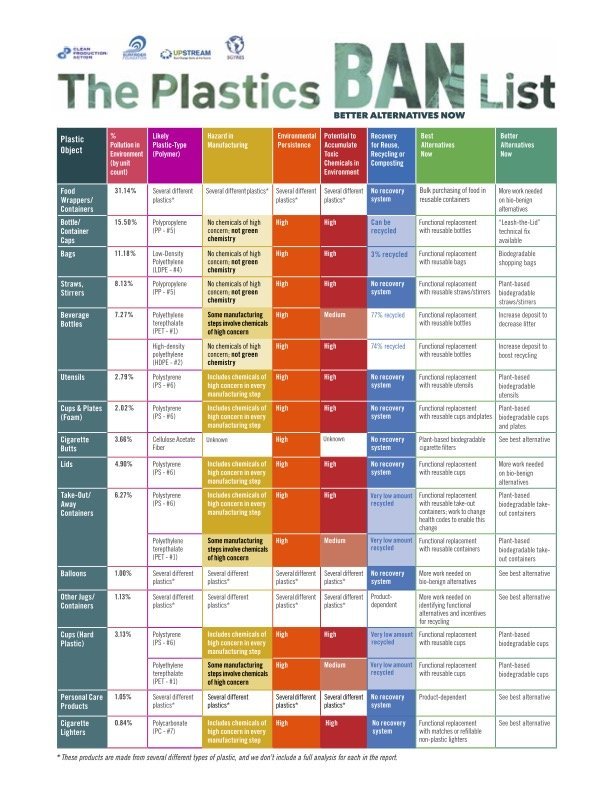BETTER ALTERNATIVES

Do biomaterials break down in natural environments?
IT DEPENDS.
The plastic pollution crisis requires urgent action, and there is no silver bullet solution. Promising research continues to emerge around solutions, including alternative materials to single-use plastic. However, labels like “compostable” and “biodegradable” are misleading and lack transparency about what happens if products and packaging end up in the environment. Better Alternatives 3.0 offers greater transparency around these novel materials, their real-world behavior in the environment, and considerations that should be made before the widespread adoption of bioplastics in all sectors of society.
Watch our State of the Science webinar to hear from leading experts.
Key Findings
The 64-week study tested 22 items, made of different polymers and blends, in six environments across Florida, California, and Maine. Traditional fossil fuel-based plastics were persistent in all environments, but there was a wide range in degradation rates for bioplastics. Environment, product thickness, and polymer type were important factors in environmental persistence.
ENVIRONMENT MATTERS
Items persisted much longer in terrestrial than marine environments.
THICKNESS MATTERS
Product design affected degradation, with thinner items fragmenting faster than thicker items.
POLYMER MATTERS
Polymers like PHA degraded faster than PLA. Blends and laminates also impacted fragmentation.

RECOMMENDATIONS
1. Uphold truth in advertising: Stakeholders should receive science-based evidence, including documented environmental impacts, to make informed decisions about biomaterials.
2. Promote responsible waste reduction: Prevent misleading claims, and ensure bioplastics don’t hinder reuse systems or contaminate recycling and composting processes. Regulations are necessary.
3. Choose reuse when possible: Some products, such as thin films for meats and cheeses or agricultural mulch, are challenging for reuse systems and recycling, making bioplastics relevant in specific use cases.
4. Investigate environmental impacts: The fate and effects of bioplastics, including mixtures with additives and synthetic polymers, should be further investigated.
5. Implement future research: Laboratory testing should be complemented by testing materials in realistic environmental settings to evaluate persistence, performance, and effects.
6. Design for end of life: Depending on the application, materials should be designed for either biological or technical material flows, aligning with appropriate disposal or recycling methods
THE BETTER ALTERNATIVES SERIES
Better Alternatives 3.0 (2023)
Better Alternatives Now (BAN) List 2.0 (2018)
Plastics BAN List (2016)











